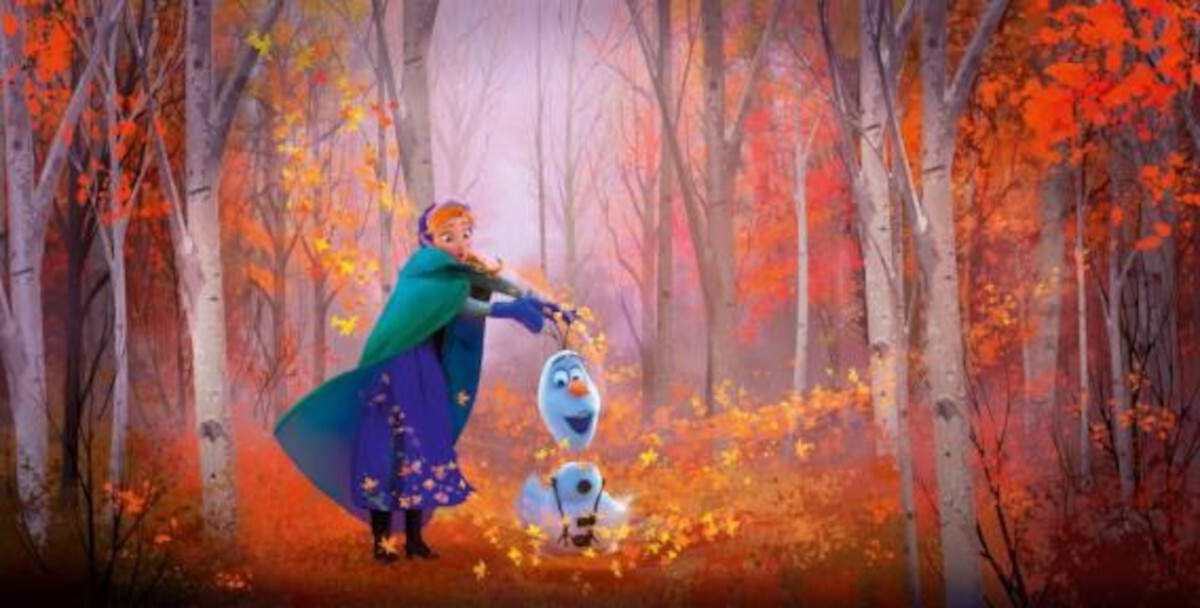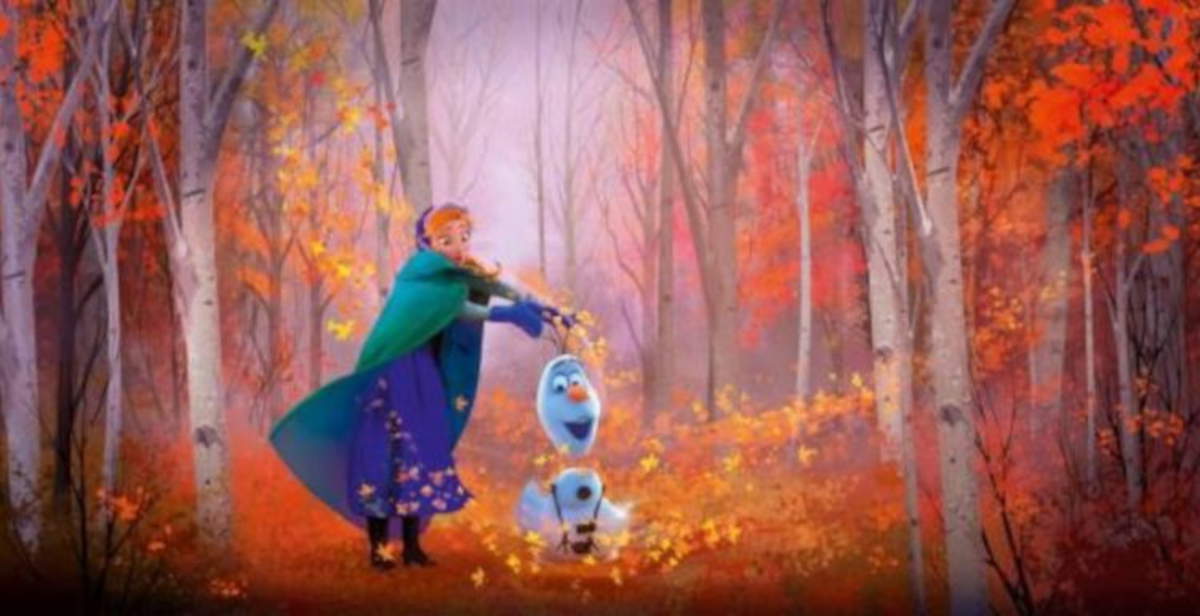Disney and Universal have filed a lawsuit against Midjourney, a San Francisco-based startup known for its artificial intelligence-based image generator. The allegation is that Midjourney has created and distributed content through its tool that faithfully reproduces characters and intellectual property traceable to the two Hollywood giants. In the complaint filed in federal district court in Los Angeles, attorneys for the majors speak of a “bottomless pit of plagiarism,” alleging that the technology offered by Midjourney allows for the creation of “countless copies” of characters such as Darth Vader, Elsa from Frozen, the Minions from Despicable Me, Yoda, Spiderman, Hulk and Iron Man.
Midjourney is an independent research lab that describes itself as self-funded, with less than a dozen full-time employees. The company is led by David Holz, founder of Leap Motion, a startup formerly active in the field of hardware sensors. The operation of the service is as simple as it is potentially problematic: the user provides a textual prompt and the algorithm returns an image consistent with the prompts. It is precisely this mechanism that is the focus of the concerns of Disney and Universal, who claim that even just conjuring up certain word combinations leads the system to produce images that are immediately traceable to copyrighted characters. The lawsuit fits into the broader context of the ambivalent relationship between the entertainment industry and artificial intelligence technologies. On the one hand, many studios are integrating AI tools into their production workflows; on the other, the growing ability of these technologies to imitate, recreate, or replace elements protected by intellectual property raises increasingly pressing legal and ethical issues.
The complaint alleges that Midjourney, while not directly marketing trademarked images, nevertheless makes it possible to generate them in an automated and large-scale manner. The attached examples include variations of Spider-Man, reinterpretations of the Incredible Hulk, as well as hybrid or stylized versions of Yoda, Elsa, and Iron Man, all made from simple textual instructions. According to the complaint, Disney and Universal allege that Midjourney has grossed $300 million (or £221 million) in the past year alone and is preparing the imminent launch of a “video service.”
Disney’s legal director, Horacio Gutierrez, said the company was “optimistic” about how AI “can be used responsibly as a tool to promote human creativity. But piracy is piracy, and the fact that it is done by an AI company does not make it any less illegal,” he continued.

A central issue in the dispute is how copyright law views the transformation of works. Midjourney’s lawyers could argue that the final product constitutes a sufficiently creative reworking that it does not constitute direct copying. In fact, copyright law itself allows for the possibility of new creations based on earlier works, as long as there is an original and distinctive contribution. In any case, according to the studios, the images generated do not add anything really new: they merely reformulate existing content in another format. The issue is compounded by the increasing prevalence of technology. Midjourney has seen a considerable expansion of its user base, and the ability to produce increasingly realistic visual content makes it difficult to distinguish between fan art, quotation, parody, and plagiarism. Further complicating the legal picture are the positions of the company’s advisers, which include such prominent figures in tech as Nat Friedman, former CEO of Github, and Philip Rosedale, founder of Second Life.
The legal action reflects a widespread fear among major film producers: that AI poses a threat to the economic integrity of their products, but also to the overall resilience of the rights system on which the creative industry relies. Just two years ago, Hollywood went through massive strikes involving actors and screenwriters. The months-long protests demanded, among other things, safeguards against the misuse of artificial intelligence in the creative process. The claims involved both the use of AI to write screenplays and the possibility of actors’ images or voices being digitally replicated without consent.
Despite the tensions, AI technologies are now an integral part of many productions. Two recently Oscar-nominated films, Emilia Perez and The Brutalist, used AI-based tools to edit actors’ voices. In other cases, such as in some productions featuring Tom Hanks and Harrison Ford, AI has been used to digitally rejuvenate the leads. The use of these solutions is becoming practice, not exception. The lawsuit filed against Midjourney, then, could have implications beyond the single court dispute. It is a possible legal precedent destined to influence the entire automated content generation industry. The Hollywood majors are asking the court for both financial compensation and stricter limits on the use and dissemination of software that can replicate intellectual property without permission.
Midjourney, for its part, has not yet made any official statements about the lawsuit, but it supports the value of innovation and experimentation in the field of generative artificial intelligence.
 |
| Disney and Universal sue Midjourney for unauthorized use of well-known characters |
Warning: the translation into English of the original Italian article was created using automatic tools. We undertake to review all articles, but we do not guarantee the total absence of inaccuracies in the translation due to the program. You can find the original by clicking on the ITA button. If you find any mistake,please contact us.